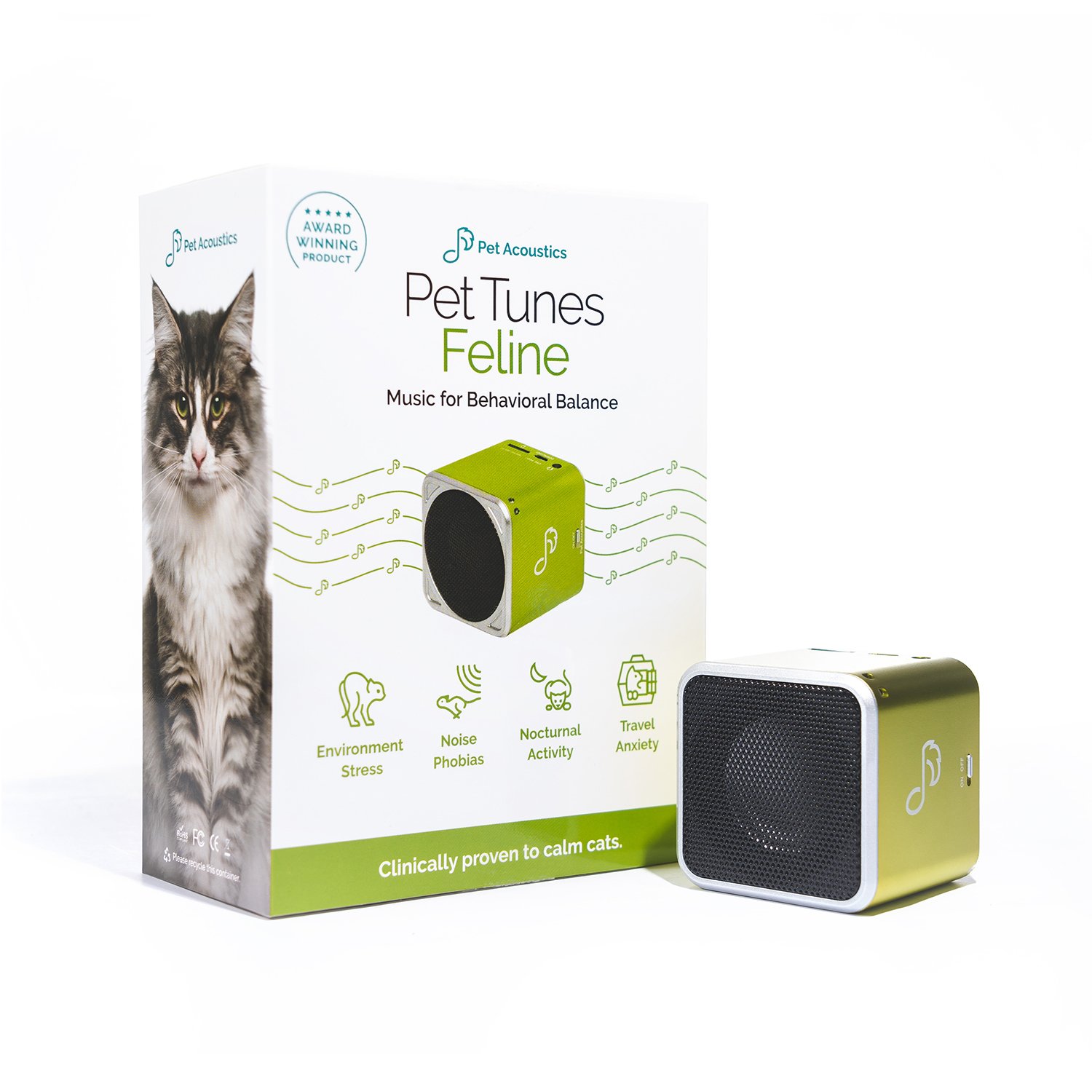Help your pet ride out firework season. Here are some steps you can take to create a safe space for your pet.
Choose an interior room: Select an interior room in your home where the sound of fireworks is muffled as much as possible. Ideally, this room should not have windows or have windows that can be covered with thick curtains or blankets to block out the light and reduce noise.
Prepare the room: Clear the room of any potential hazards or items that could cause injury or distress to your pet. Remove any sharp objects, toxic substances, or fragile items. Make sure the room is comfortable and familiar to your pet by placing their bed, blankets, toys, and any other comforting items in the space.
Create white noise: Play calming music, turn on a fan, or use a white noise machine to create a constant and soothing background noise. This can help mask the sound of fireworks and provide a more relaxing atmosphere for your pet.
Provide a safe hiding spot: Set up a cozy hiding spot within the safe room where your pet can retreat if they feel scared or overwhelmed. This can be a crate, a covered pet bed, or a designated area with blankets and cushions. Make sure it is a comfortable and secure space where your pet can feel protected.
Use pheromone products: Consider using pheromone products such as sprays, diffusers, or collars that release calming pheromones. These products can help create a sense of security and relaxation for your pet during stressful situations like fireworks.
Keep them occupied: Provide your pet with engaging toys or puzzle feeders filled with treats or food to help distract and entertain them. This can redirect their attention away from the fireworks and provide mental stimulation.
Stay with your pet: If possible, stay with your pet in the safe zone during the fireworks. Your presence can provide comfort and reassurance. Talk to them in a calm and soothing voice and engage in gentle petting if they are receptive to it.
Microchip and identification: Ensure that your pet has proper identification, such as a microchip and a collar with updated contact information. In case your pet becomes frightened and manages to escape, this will increase the chances of a safe return.
Gradually introduce your pet to the safe zone before the fireworks begin. Associate the space with positive experiences and rewards to help them form positive associations.




































